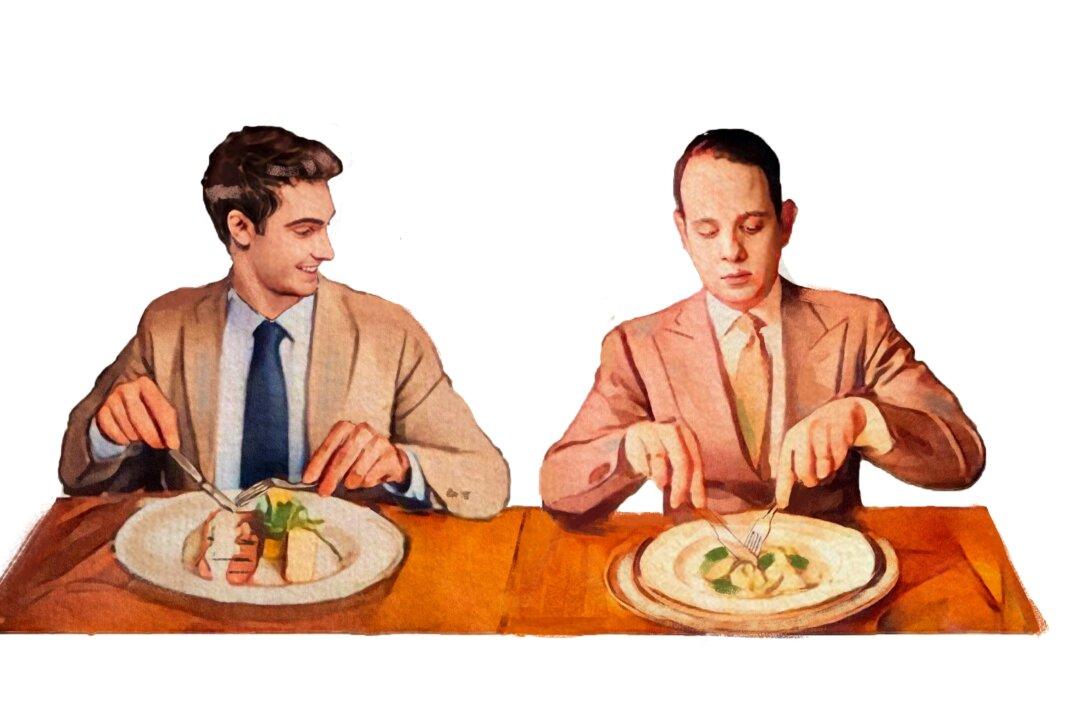Table manners serve two purposes: to show our respect for others and to refrain from embarrassing ourselves. These principles will have you sitting down in comfort at your next formal dinner. Bon appétit!
Arrive on Time
The first rule of good culinary manners has nothing to do with food. Your hosts have gone through a lot of time and effort to create a memorable, enjoyable meal, but if they have to delay serving it until you decide to show up, it can ruin it for everyone else. You’ll also miss out on mingling with the other guests; once seated for the meal, it’s not always easy to talk to everyone.Arrive no more than 15 minutes early, and leave only after the meal has been completed; leave no sooner than 15 minutes after the meal is done. Send a written “thank you” note within two days after the event.





